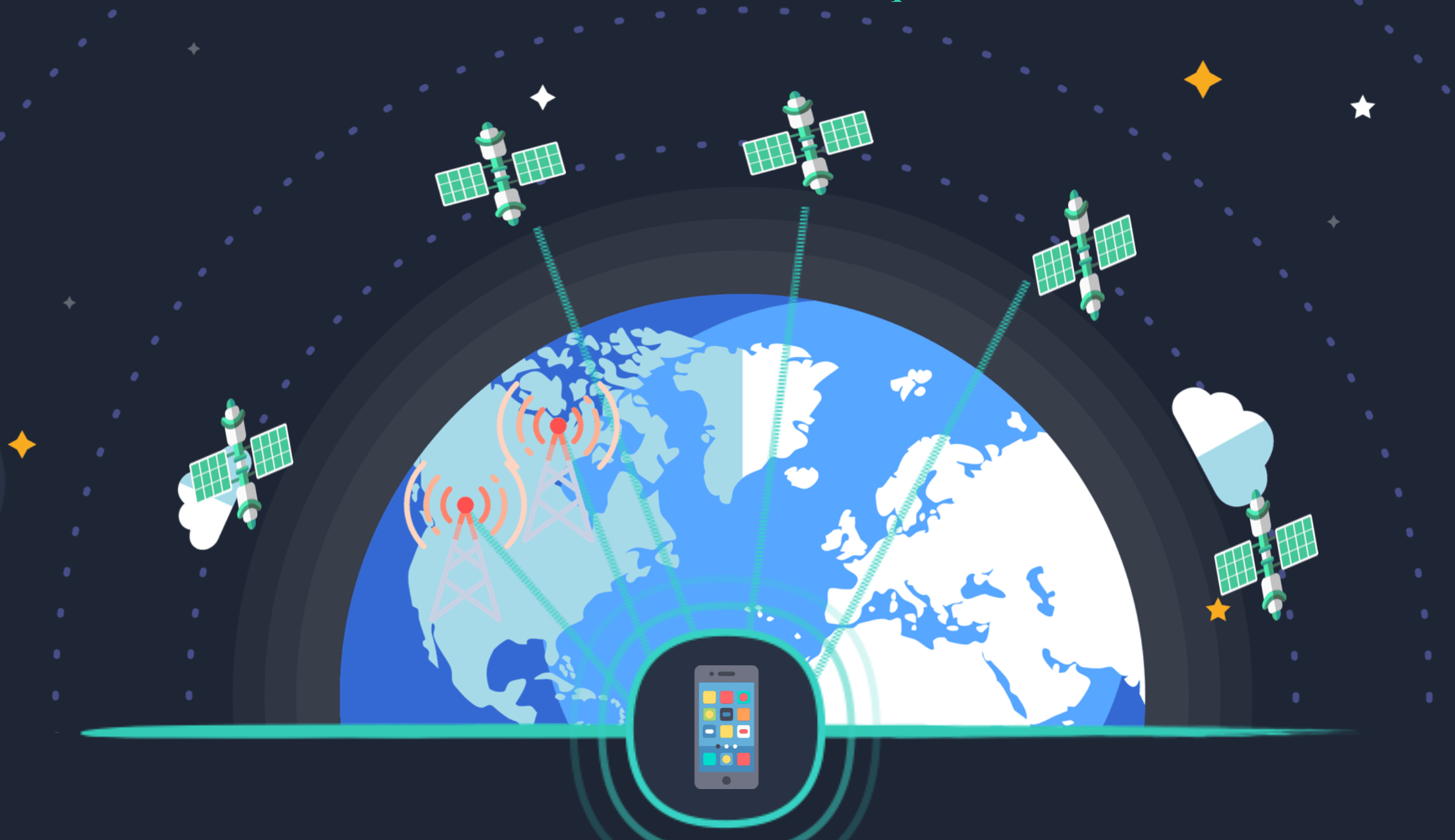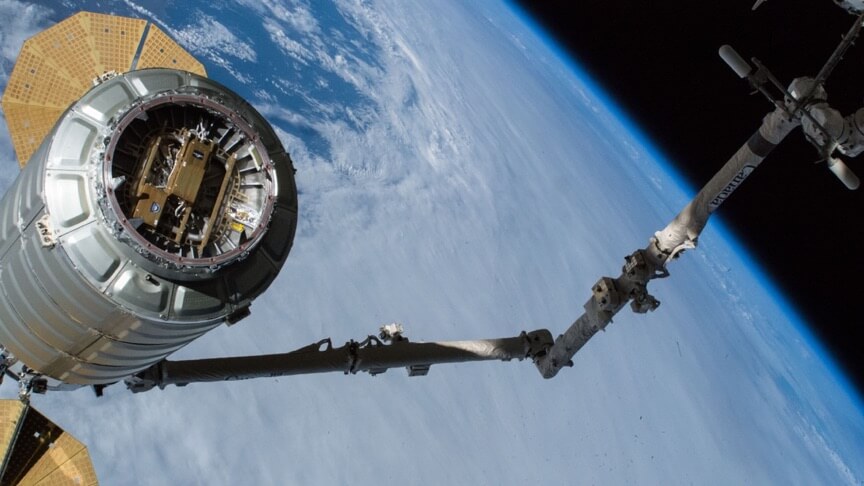In brief: Apple is said to have its eyes set on the skies with a new project to build satellite technology that could provide wireless connectivity with iPhones, as well as better maps and location tracking. The company has already put together a small team to direct the new effort, which appears to be high on the priority list.
When it's not pouring $250 million into making better glass for iPhone, Apple is busy exploring more daring ideas in its labs. According to a report from Bloomberg, the company is reportedly working on satellite tech to beam down internet service to its mobile devices, possibly as a way to reduce its reliance on wireless carriers and improve mapping and geolocation.
To that end, Apple has been secretly building a dedicated team to work on the new project, which is said to be in the very early stages of planning. The staffing effort has already brought in a dozen aerospace, satellite, and antenna design engineers, and Apple CEO Tim Cook is said to have shown a keen interest in the new development, coinciding with a noticeable 14 percent increase in R&D spending this year.
Michael Trela and John Fenwick will lead the team, both former heads of Google's satellite and spacecraft engineering operations, until 2017. Apple also added Matt Ettus, who directed a National Instruments-owned company that specializes in wireless networking hardware into the mix.
The project isn't a sure deal at this point and could be scrapped at any time in the future. However, there are reasons to believe Apple isn't entering a crowded satellite market to try and battle the leading contenders. SpaceX is close to rolling out its Starlink broadband satellites, and Amazon is also scrambling to get approvals for its Kuiper System alternative.
Both companies plan a staggered rollout for swarms of thousands of satellites in orbit, which has astronomers a bit concerned about the implications for space visibility. This means that Apple may as well chose to tap into these systems and develop just the missing links to make it work well with its mobile devices.
TechCrunch notes Apple's idea has been done before by Lynk (formerly Ubiquitilink), who developed something it describes as "the first cell tower in space." Specifically, it made components for a prototype satellite and assembled them on the International Space Station. The first successful test was performed by attaching it to the nose of the Cygnus resupply spacecraft earlier this year.
The technology is perfect. It has many limitations that will make it much more effective as a fallback solution or as a way to ensure coverage in areas not well-covered by ground cellular infrastructure. Think of it as more of a global roaming network that wireless carriers will tap into and offer it as an option in their mobile plans.
One such limitation is that geosynchronous satellites can't be used. Low-orbit (under 310 miles) satellites are required, meaning there has to be thousands of them to have "no signal for 55 minutes, then signal for five." Lower-frequency signals are used since they travel longer distances with lower distortion - but that also means lower bandwidth.
For example, Lynk was only able to demonstrate 2G communication, and the most that can be achieved on 4G right now is 180 kbps. In any case, NASA engineers were surprised to see it work at all, but this proves Apple's dream to establish satellite connections on standard phones is indeed possible.
The space industry is currently valued at $350 billion. It is expected to grow to $1.1 trillion by 2040, mostly driven by companies like SpaceX, Amazon, and even Facebook, who wants to provide internet in rural areas using a swarm of low-orbit satellites that will operate as close as 100 miles off the ground.

